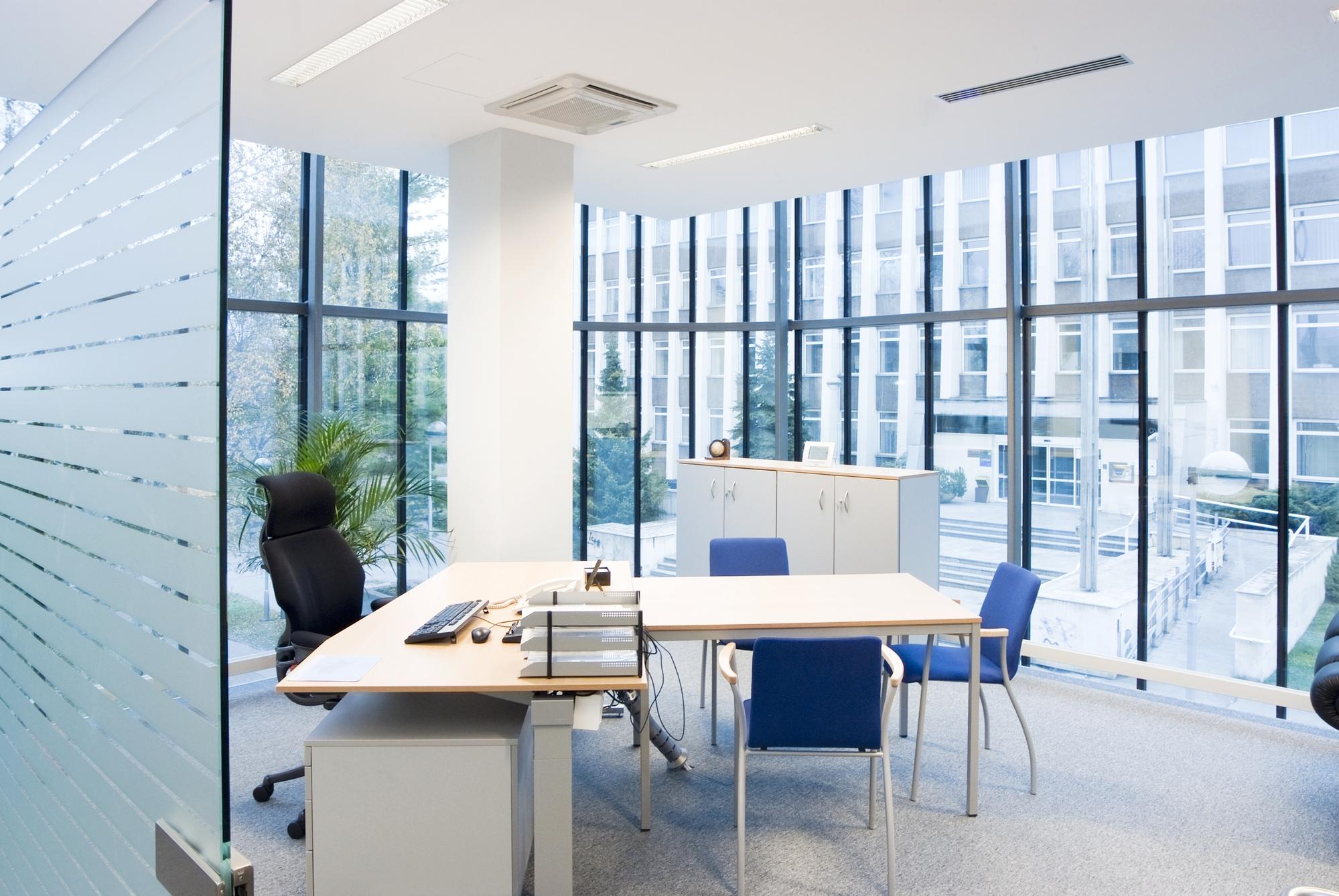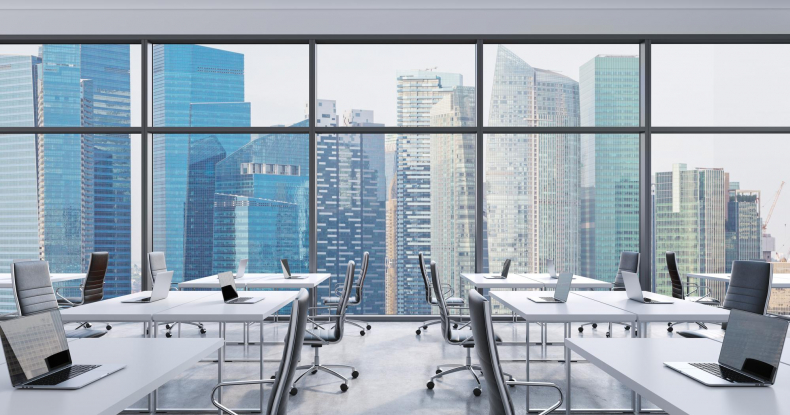From August 1, those who were shielding in England could return to their workplaces. A lot of people will still undoubtedly prefer to continue working from home, as the pandemic is far from being over. But not everyone has the luxury to choose. Therefore, it’s every company’s job to provide their employees with the most COVID-secure conditions and help them readjust to the new working environment. After all, experts say that some of these new rules are likely to stay, even in the post-pandemic world.
So, what can you as an employer do to ensure successful office readaptation for your workers?
To answer this question, we’ll try to summarise the guidelines from various government and independent sources. As well as taking into account the experience of companies from the countries that went back sooner—if not to normal, then at least to the new version of it.

Provide information and resources
First of all, it’s best to keep employees in the loop about what’s happening. Whatever changes and new processes you’re planning to implement into your company’s routine, communicate them clearly to your workers so that no misunderstandings occur. Uncertainty leads to anxiety and vice versa—if your workers know for sure what to expect in the next week or month, they will embrace said changes more easily. Encourage them to voice their concerns about getting back to the office and try to answer them with honesty and transparency.
For example, a secure office environment is not the only thing required for a safe return. For many, getting to work safely may become a real issue. So what can you do here? First, you can offer more flexible office hours to those who commute, so they could avoid rush hour crowds. Then, if you can provide it, give your employees access to corporate car-sharing and cab services. That way, they can be certain that they won’t risk their well-being unnecessarily just by going to work every day.
At the workplace itself, there should never be a shortage of such essential hygiene products like masks and hand sanitisers. That precaution will not only help people to maintain their hygiene better but make them feel safer as well.
You’ll have to re-invent your corporate culture, too: going back to the office definitely can’t mean going back to happy hours, parties, and other extracurricular activities in the foreseeable future. You may have already found alternatives during the lockdown but if you haven’t, there are plenty of resources online for organising get-togethers that will keep your workers motivated and lift their spirits up without endangering their health. At FlippingBook, for example, they practice yoga classes via video call and virtual pub quizzes.
Prepare the office space

Before letting your employees back to their workplace, you should definitely assess how COVID-secure it is.
The most vital step would be to make social distancing at work possible without extra effort and stress for the workers themselves. That can be achieved with visual clues such as signage and floor tape that will remind people to keep a six feet distance. Or you can create physical barriers that will actually ensure it—for example, install screens or place workspaces wider apart. Some companies go as far as Cushman & Wakefield who has created and first executed The 6 Feet Office concept—an idea of a completely COVID-secure space that incorporates all the measures necessary for a safe return to work.
Additionally, to the aforementioned social distancing measures, it could also be wise to limit people’s movement within the office itself. Recreational zones and common areas should definitely be made off-limits. Advise your workers to avoid lifts as they tend to get cramped, as do overcrowded halls. Recommend taking trips between buildings or sites only when absolutely necessary.
Another important anti-COVID measure is deep cleaning. Because it has been early established that COVID-19 can be passed simply by touching the same surface, it’s vital to increase the level of cleaning in your office building. Work areas, as well as equipment, should be cleaned after each use, and all the objects and surfaces that are regularly touched should be frequently disinfected. To achieve the desired level of office hygiene, it would help to create clear guidelines for cleaners as they may have to change their routes significantly or remember to clean the places that are usually not cleaned as often.
When the employees return to the office, you may want to implement such a measure of precaution as a health check to prevent anyone with a fever from entering the office. In-person health checks can be a bit intrusive and also not safe for the workers in charge so you may be interested in following the example of ANZ (The Australia and New Zealand Banking Group) and install thermal cameras instead. Such cameras show a person’s body temperature through a range of colours and will warn you if the temperature is too high.
Consider rotating schedules and remote work

Don’t rush into getting your workers back into the strict 9 to 5 office hours. For one, that would make half of the social distancing measures futile. To avoid overcrowding, consider introducing rotating schedules to your workers—or, if possible, let at least some of them continue working remotely.
Of course, this goes without saying for high-risk workers—people with certain medical conditions, for example, or of a certain age group. But also for those who may have moved back to their hometowns during the lockdown or have elderly relatives to worry about. And not only them. If several months of lockdown haven’t seriously affected your workers’ productivity (and various studies show that they most probably haven’t), maybe there is no reason to force anyone back to the office just yet. You can draw inspiration from some really big companies going remote for at least until the next year or even permanently.
In conclusion
All things said and done, the most important thing to remember is that, before the vaccine is developed and available to everyone, going back to the office – even after the pandemic is seemingly over or under control – won’t be as safe as we would have liked.
Without strict guidelines, it’s impossible to determine when it’s the right time to go back. All you can do as an employer is to stay updated, stay vigilant, and keep all the anti-COVID measures up for as long as necessary.
And remember, the most efficient measure against the disease is still prevention. Implore your employees to be responsible and extra-cautious. Encourage staying at home when feeling under the weather or indisposed, rather than going to work regardless. The heroes of this uncertain age are not those who overcome and march on (outdoors), but those who make their health and the health of others their utmost priority.
Originally published Sep 02, 2020, updated Jan 16, 2023
